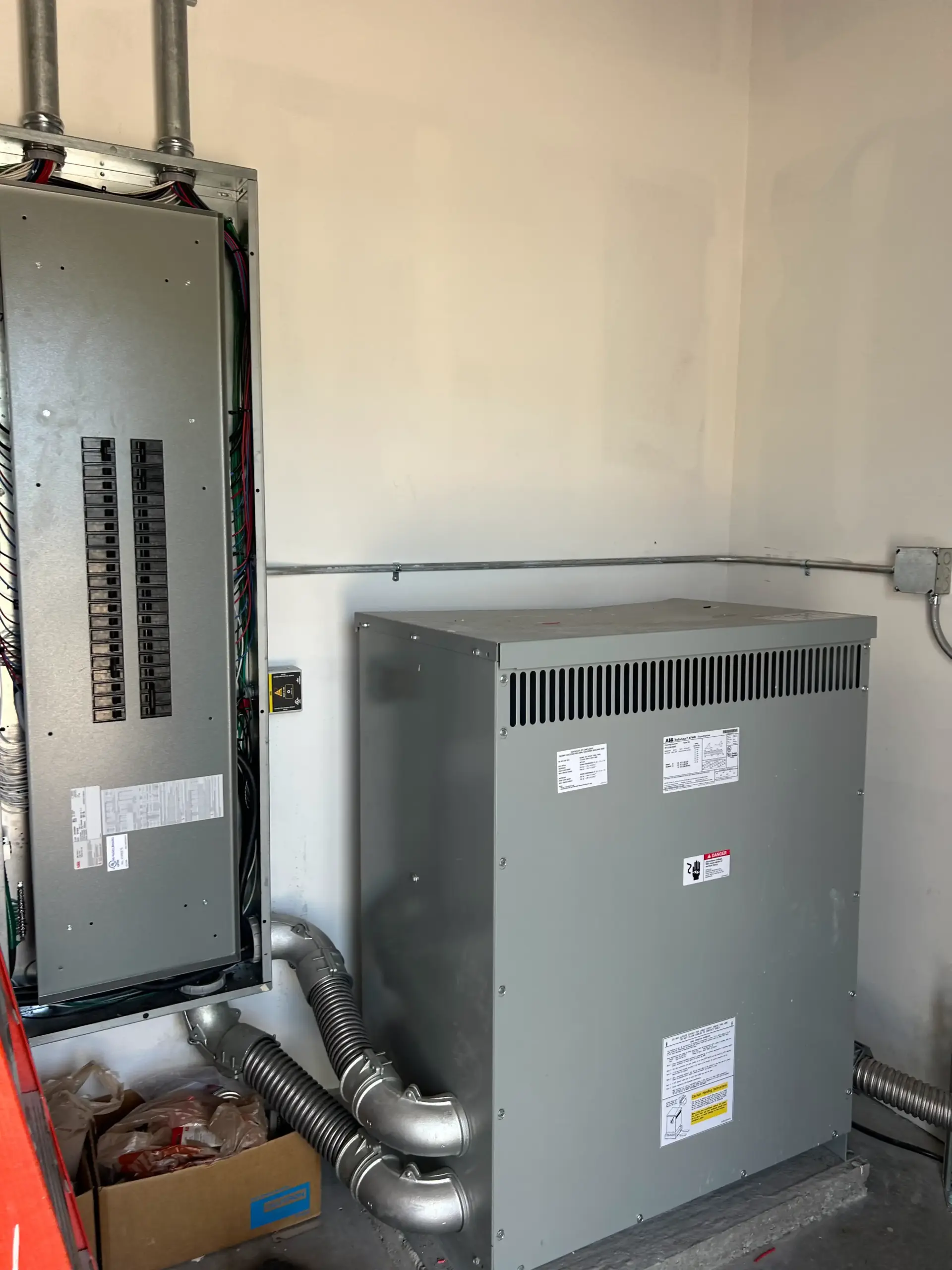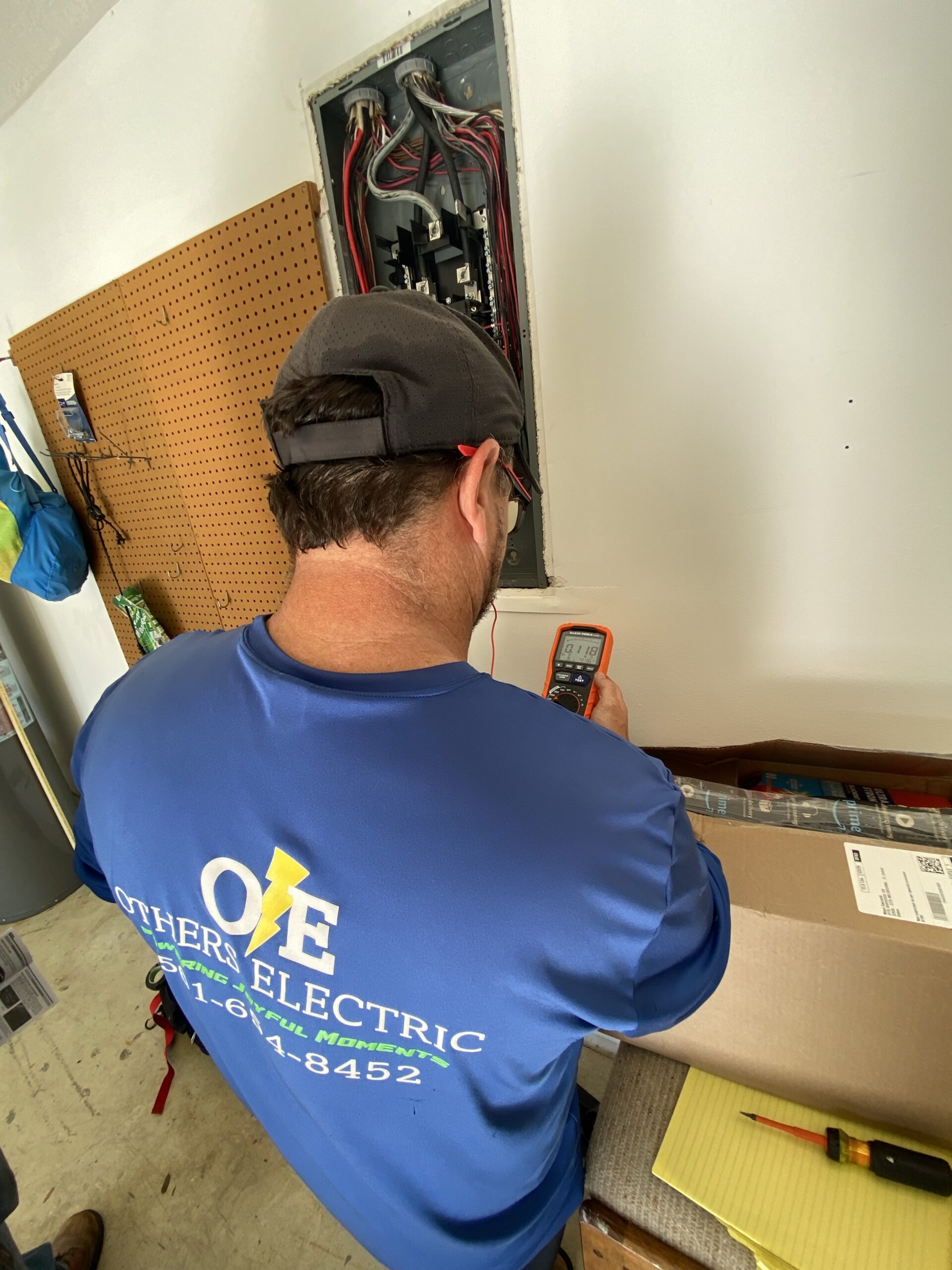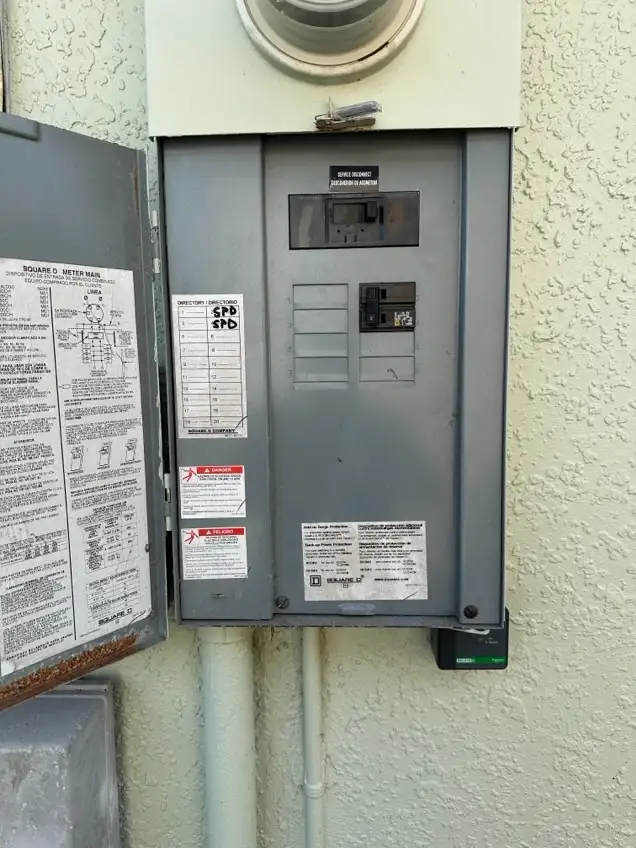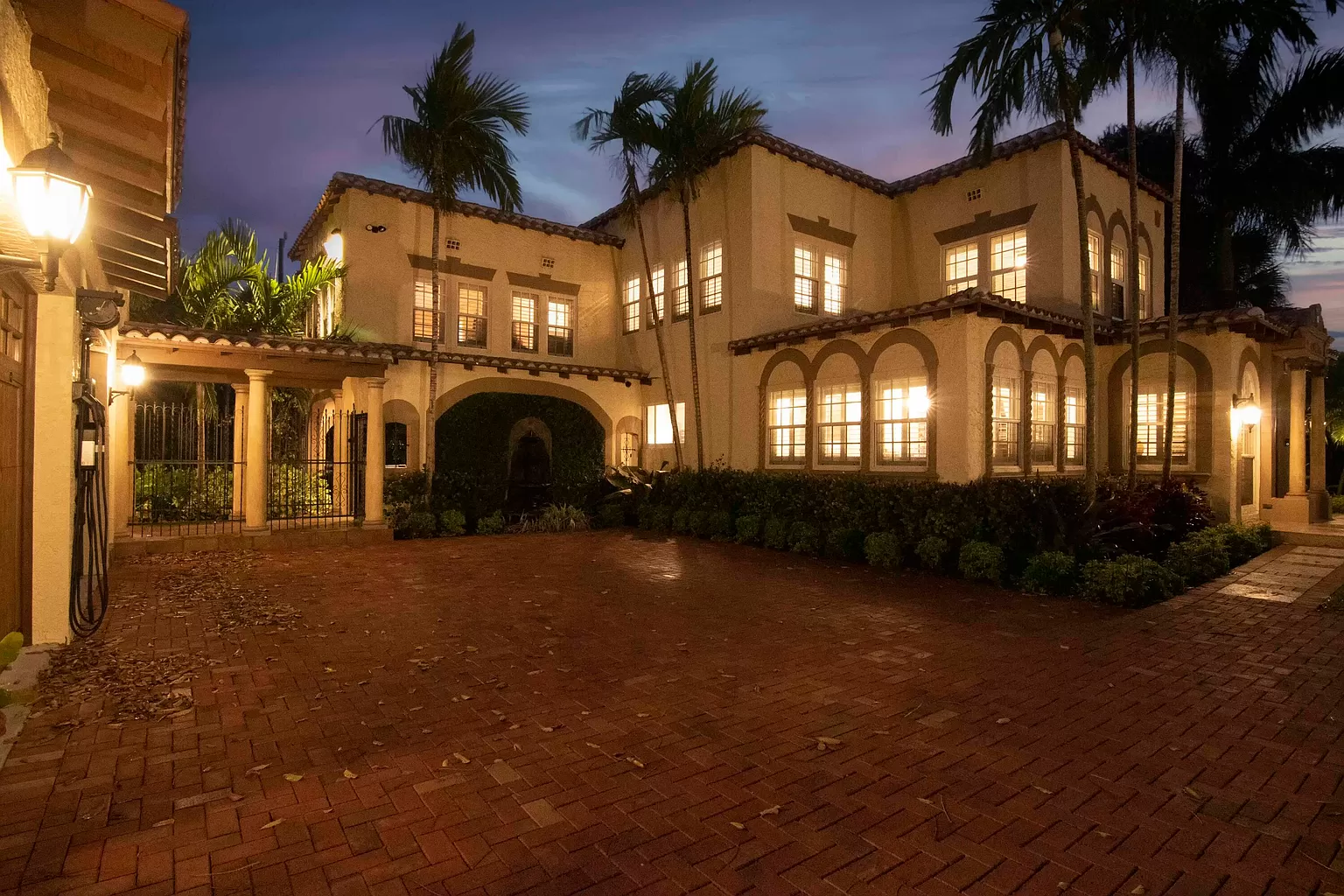A well-lit landscape can enhance curb appeal, increase safety, and create ambiance—but getting the brightness right is crucial. When planning a lighting design, many homeowners ask the question: how many lumens for landscape lighting is ideal? The answer depends on the lighting zone, fixture type, and the desired mood. Lumens measure the total amount of visible light emitted by a source, and understanding the right lumen range for different areas ensures your lighting plan is both beautiful and functional.

Understanding Lumens and Outdoor Lighting
Lumens differ from watts, which measure energy consumption. With LED technology now the standard for landscape lighting, lumens have become the more important measurement. For example, a traditional 60-watt incandescent bulb produces about 800 lumens, whereas an LED might produce the same output using only 10 watts.
Because LEDs are so efficient, brightness can be fine-tuned without wasting energy. This makes it easier to match light intensity to the needs of each area in the landscape.

Recommended Lumen Ranges by Area
Different parts of a landscape require varying light levels based on their function and desired atmosphere. Below are general guidelines for lumen ranges depending on where the fixtures are placed:
- Pathways and Walkways: 100 to 200 lumens per fixture. This provides enough illumination to safely navigate without being overly bright.
- Steps and Stairs: 200 to 300 lumens per fixture. More brightness is needed for elevation changes and safety.
- Garden Beds and Shrubs: 50 to 300 lumens depending on the size and focal importance. Accent lighting can remain subtle or highlight specific textures.
- Trees: 100 to 400 lumens for uplighting, depending on tree height and trunk size. Larger trees require brighter uplights to make an impact.
- Driveways: 200 to 400 lumens spaced across multiple fixtures to evenly illuminate the area and improve security.
- Patios and Outdoor Seating: 100 to 300 lumens for ambient lighting, with accent features up to 500 lumens for focal points like sculptures or fire pits.
- Wall Wash or Facade Lighting: 200 to 500 lumens depending on surface size and distance from the fixture.
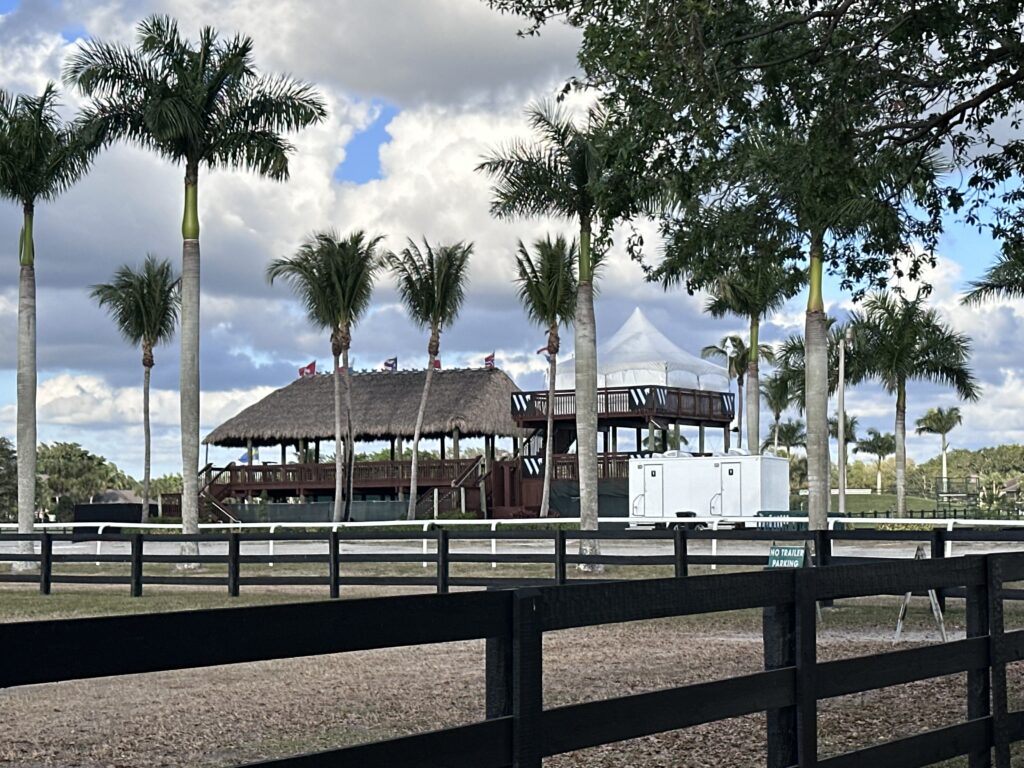
Layering Light for Depth and Ambiance
When determining how many lumens for landscape lighting, consider layering multiple fixtures at different brightness levels. Combining low-lumen path lights with mid-lumen wall lights and high-lumen spotlights adds depth and contrast, making the landscape feel more dimensional and visually appealing.
Layered lighting also helps create focal points. For example, a tree can be the centerpiece with a 400-lumen spotlight, while adjacent plants may be softly lit with 100-lumen fixtures. This technique draws the eye while maintaining balance and harmony.
Avoiding Overlighting
One common mistake is assuming more lumens equals better lighting. Overlighting can flatten a landscape, create glare, and waste energy. Instead, aim for subtle, intentional lighting that enhances rather than overwhelms.
Dimming controls, motion sensors, and zoning systems allow you to customize brightness levels to different times of day or activities. This helps extend fixture life and ensures comfort while maintaining visibility and security.
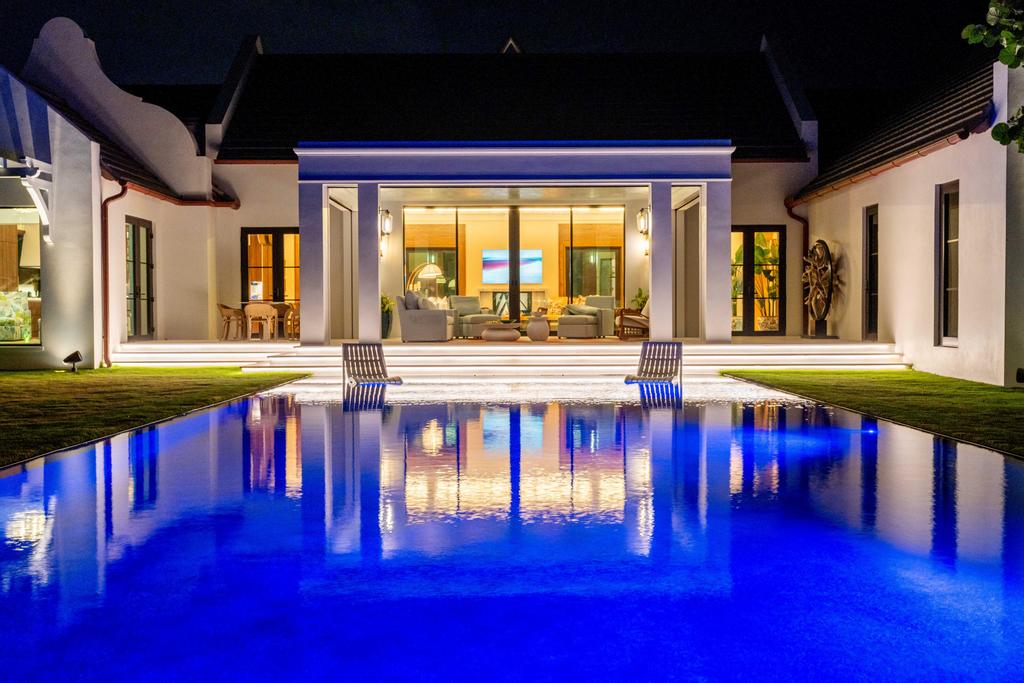
Choosing the Right Fixtures
Different fixtures are designed to emit varying lumen levels, so selecting the right type is just as important as lumen output. Path lights typically emit fewer lumens than spotlights or floodlights. Bollard lights are ideal for driveways or garden perimeters and usually offer 200 to 400 lumens per unit.
Integrated LED fixtures list lumen output on the packaging or product specs. If you’re working with low-voltage systems, be sure your transformer and wire gauge can handle the total wattage load, particularly when using high-lumen fixtures across long runs.

Energy Efficiency and LED Selection
Modern LED landscape lights are highly energy-efficient and available in a range of color temperatures and brightness levels. Choosing LED fixtures with adjustable lumen outputs can provide greater flexibility as your landscape evolves. LEDs also last significantly longer than traditional bulbs, reducing maintenance needs and replacement frequency.
Choosing the correct color temperature—measured in Kelvins (K)—can also enhance lumen perception. Warm white light (2700K to 3000K) appears softer and is preferred for residential settings, while cooler light (4000K and above) creates a crisp, more commercial look.

When to Consult a Professional
If you’re unsure how many lumens your landscape requires or how to configure the system, working with a professional lighting designer or electrician ensures your setup meets both aesthetic and technical standards. At Others Electric, licensed professionals can assess your property, calculate proper lumen requirements, and install a tailored system that delivers efficiency and impact.
Professionals also help avoid common pitfalls like voltage drop, incorrect fixture placement, or mismatched brightness levels that disrupt the visual flow.
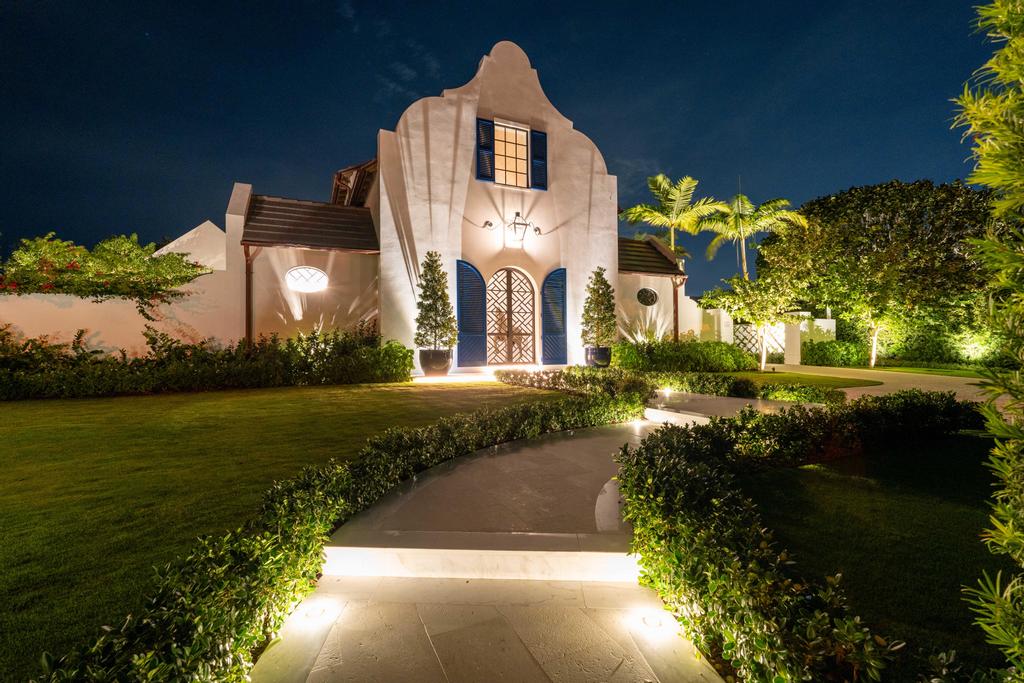
Conclusion
Determining how many lumens for landscape lighting is key to creating a safe, beautiful, and energy-efficient outdoor space. With lumen levels tailored to specific zones, you can strike the perfect balance between form and function. From softly lit paths to dramatic tree uplighting, the right combination of fixtures and lumen outputs enhances your landscape and adds value to your property.
For expert help designing or upgrading your lighting system, connect with Others Electric or consult industry resources like the American Lighting Association for inspiration and standards.


